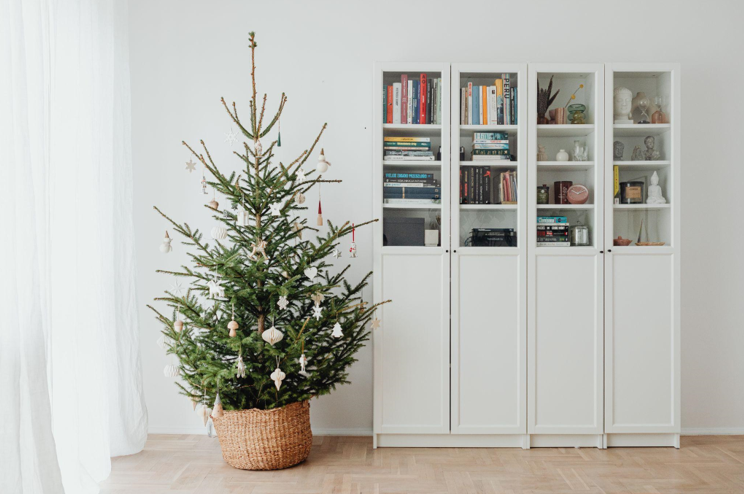Why Artificial Christmas Trees are Better than Real Ones
Artificial vs. Real Christmas Trees: Which Is The Best for Your Home?
Many people eagerly look forward to decorating their homes with festive decorations during the holiday season. This includes the yearly tradition of buying a green artificial Christmas tree for many families. However, the debate over whether to use a natural or artificial tree occurs almost yearly. While some argue that a real tree is more traditional, there are compelling reasons why artificial trees are a better choice.
Durability:
Artificial trees are typically made with high-quality materials designed to last many years. Some artificial trees can last up to 20 years if correctly cared for. On the other hand, real trees have a very short lifespan and often begin to dry out and shed needles within a few weeks of being brought into a home. This can create a mess, making it difficult to clean up fallen needles constantly.
Safety:
Artificial trees are much safer than real trees because they are not flammable. On the other hand, real trees are highly volatile and can easily catch fire if not properly cared for. This can be especially dangerous if a tree is placed too close to a heat source, such as a fireplace or furnace. Artificial trees also eliminate the risk of exposure to bugs and other pests that can sometimes be found in real trees.
Cost-effectiveness:
While the initial cost of an artificial tree may be higher than a real tree’s, artificial trees are much more cost-effective in the long run. This is because many artificial trees are designed to be reusable, meaning they can be brought out year after year. Real trees, however, must be replaced each year, meaning the cost of buying a new tree each year can add up quickly. Additionally, artificial trees require much less maintenance, which can lead to significant cost savings over time.
Environmental impact:
Another reason why artificial trees are a better choice is that they are much more environmentally friendly than real trees. Real trees require significant resources to grow; many are cut down without replanting. This can contribute to deforestation and can hurt the environment. Additionally, transporting and disposing of real trees can increase greenhouse gas emissions. On the other hand, artificial trees can be reused yearly, reducing waste and contributing to a more sustainable future.
Ease of use:
Artificial trees are straightforward to set up and take down. In addition, most artificial trees come with pre-lit options, meaning they already have lights built into them. This can save a significant amount of time and effort during the decorating process. On the other hand, real trees often require a lot of time and effort to set up, light, and decorate. Additionally, cleaning up a real tree after the holiday can be difficult and time-consuming.
Storage:
One of the most significant benefits of artificial trees is that they are straightforward to store. After the holiday, artificial trees can be disassembled and stored in a compact box, taking up minimal space. On the other hand, real trees require significant storage space and can be difficult to dispose of properly after serving their purpose.
In conclusion, while the debate over whether to use a natural or artificial Christmas tree may never be resolved, there are clear reasons why artificial trees are a superior choice. With their long lifespan, safety features, cost-effectiveness, and environmental benefits, artificial trees provide all of the benefits of a traditional Christmas tree without many downsides. So whether you are a seasoned holiday decorating pro or just getting started, an artificial tree is an investment you won’t regret.
